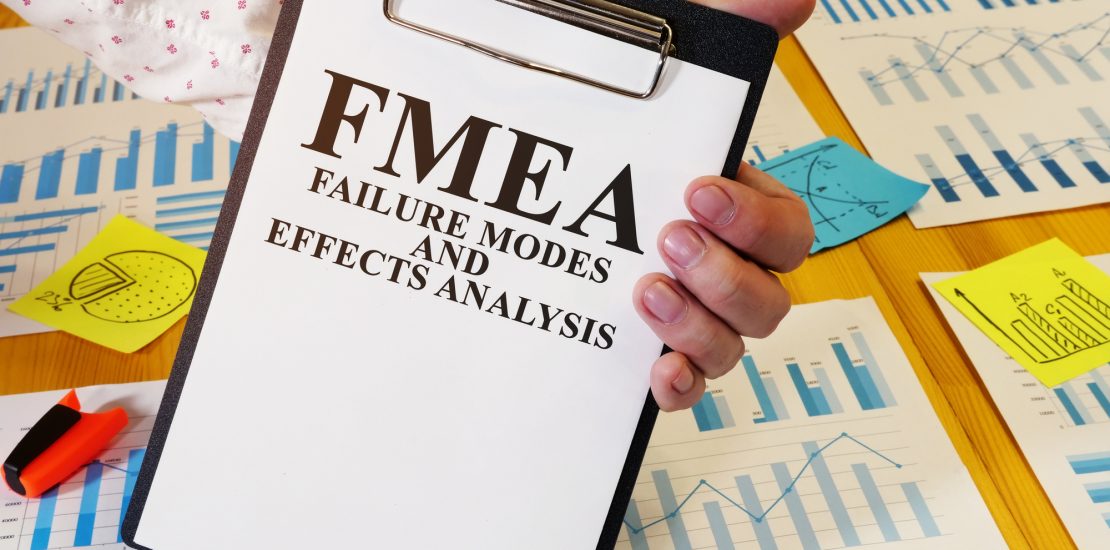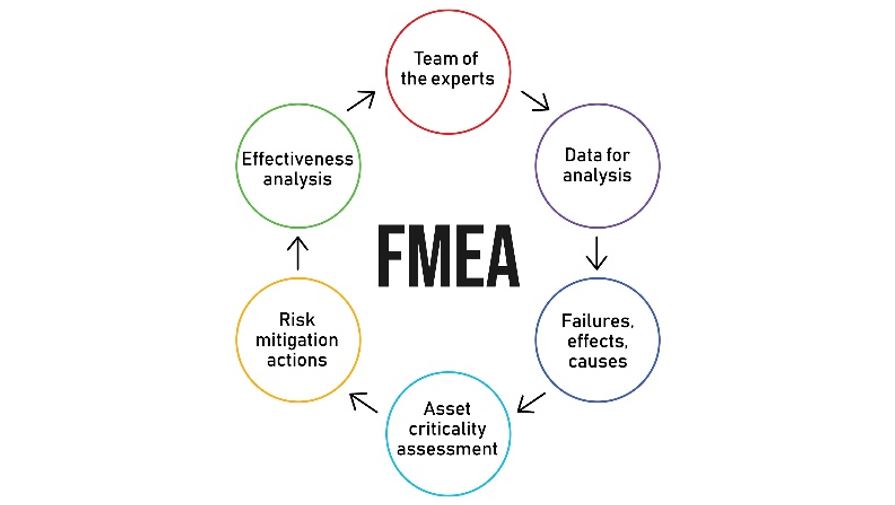Significance of FMEA (Failure Modes and Effect Analysis)
- February 3, 2023
- Posted by: Velosi Author
- Categories: HSE, Insights

Introduction to FMEA
FMEA is known as Failure Modes and Effect Analysis, the process responsible for mitigating the risk of failure modes through a suitable recommended action that will be included during the design phases of the asset. It is a well-designed and systematically structured method for identifying and evaluating exposure to failure during an ongoing process. Therefore, it assesses the impact of potential failure to implement suitable changes in order to safeguard the integrity and reliability of the asset.
Moreover, FMEA predominantly focuses on preventing potential failures and the systematic prevention methodology potentially minimizes risks that could be harmful to the surrounding. This well-defined approach utilizes an expert team of individuals to evaluate processes for potential failures and further prevent them by proactively implementing suitable solutions.
The following essential points shall be incorporated during FMEA:
- Which things/processes can go wrong and fail? – Failure Modes
- Causes/trigger of failures – Failure Causes
- The consequence of each failure – Failure Effects
Fundamental Components of FMEA
FME analysis focuses on the failure of systems- we all have wondered about what could potentially go wrong at our workplace. Which puts health, safety, and organizational reputations at risk. Why would we want something to go wrong to fix the problem respectively? Therefore, FMEA anticipates potential problems to efficiently mitigate them beforehand.
FMEA procedure sets forth a comprehensive worksheet that includes:
- Unique reference number
- Outlining the important functions within the analysis
- Testing the severity and significance of the impact
- Probability/frequency of the analysis
- Detection-detecting or preventing potential failures
- Risk priority number (RPN)
- Mitigation measures for the potential risks
When to Implement FMEA (Failure Modes and Effect Analysis)
Failure Modes and Effects Analysis is not one-time, it involves the process of constantly creating effective protocols. Expert individuals will perform the analysis based on organizational needs. This can involve design phases of a system, changing the functional strategies of a system, and creating control plans prior to developing new processes. Moreover, one of the main advantages of this analysis is to regulate lean production methodology during a system lifecycle and possibly identify, evaluate, and mitigate potential malfunction risks.
Universal Steps to Implement FMEA Procedure
As discussed earlier, there are various ways to implement the FMEA methodology according to specific organizational needs. To note, the main purpose of the analysis is to prevent failures prior to any hazardous situations/accidents.
The steps are as follows:
- Develop a team of expert individuals having extensive knowledge of systems, design, and processes.
- The set team of individuals shall have a comprehensive understanding of customer experience, design, and system procedures.
- Identify and analyze the scope of the system structure, involving the main aspects of process and design.
- Evaluating components of system structures.
- Identify points of potential failures.
- Extensively evaluate the system and design process respectively.
- Carefully analyze the causes and effects mode of potential failures.
- Document each potential failure effect by ranking the effect against occurrence and detection probability.
- Assess mitigation strategies for critical failure risks.
- Review and modify potential risk strategies accordingly.
Benefits of Conducting FMEA (Failure Modes and Effect Analysis)
- Sets forth early detection of potential failure that could have an adverse impact on asset integrity.
- Let us identify and create effective mitigation strategies for potential failures and effects.
- Eliminates the impact of sudden and late changes due to various situations.
- Minimizes re-occurrence of potential risks.
- Leads to an effective team-based approach during critical failures.
- Promotes cost-effective strategies by preventing failures that would cost high if not detected at an earlier stage.
Please contact us for more information and assistance.



